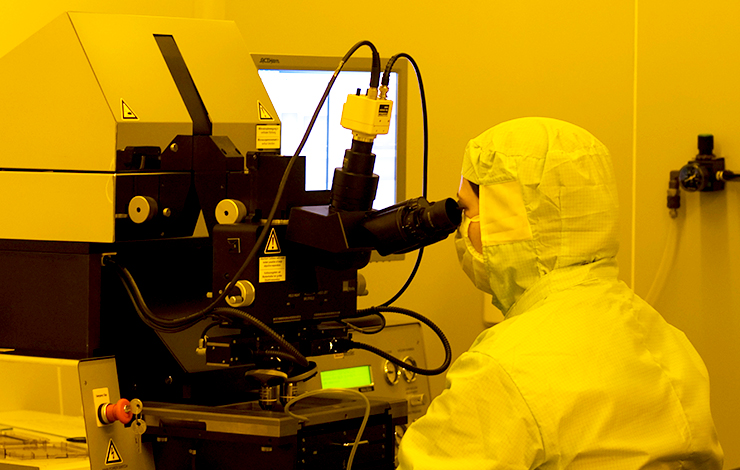
A Compositional and Microstructural Study of Eighth-Century BC Bronzes from Moita Da Ladra (Tagus Estuary): How Did the Spread of the Phoenician Metallurgy Take Place in Western Iberia?
| Title | A Compositional and Microstructural Study of Eighth-Century BC Bronzes from Moita Da Ladra (Tagus Estuary): How Did the Spread of the Phoenician Metallurgy Take Place in Western Iberia? |
| Publication Type | Journal Article |
| Year of Publication | 2016 |
| Authors | Valério P a, Soares AMM a, Monteiro M b, Pereira A b, Araújo MF a, Silva RJC c |
| Journal | Archaeometry |
| Volume | 58 |
| Pagination | 593-609 |
| ISSN | 0003813X |
| Abstract | Metals from a votive deposit at Moita da Ladra (Tagus Estuary) dating to the eighth century bc were studied by micro-EDXRF, optical microscopy and Vickers testing to investigate the adoption of Phoenician innovations by indigenous communities. Artefacts are made of bronze alloys with suitable tin contents (11.6 ± 2.3 wt%) and very low iron impurities (<0.05 wt%), and were often manufactured using the long post-casting sequence. Comparisons with indigenous and Phoenician metallurgies from western Iberia revealed a conservative technology suggesting that the spread of Phoenician innovations was very slow. In this region, the adoption of a diversified copper-based metallurgy and reduction furnaces only seems to occur during the Post-Orientalizing Period, c. sixth to fourth centuries bc. © 2015 University of Oxford. |
| URL | https://www.scopus.com/inward/record.uri?eid=2-s2.0-84978164642&doi=10.1111%2farcm.12197&partnerID=40&md5=b8f4e99d0b7e50783d077dcf29864efb |
| DOI | 10.1111/arcm.12197 |








